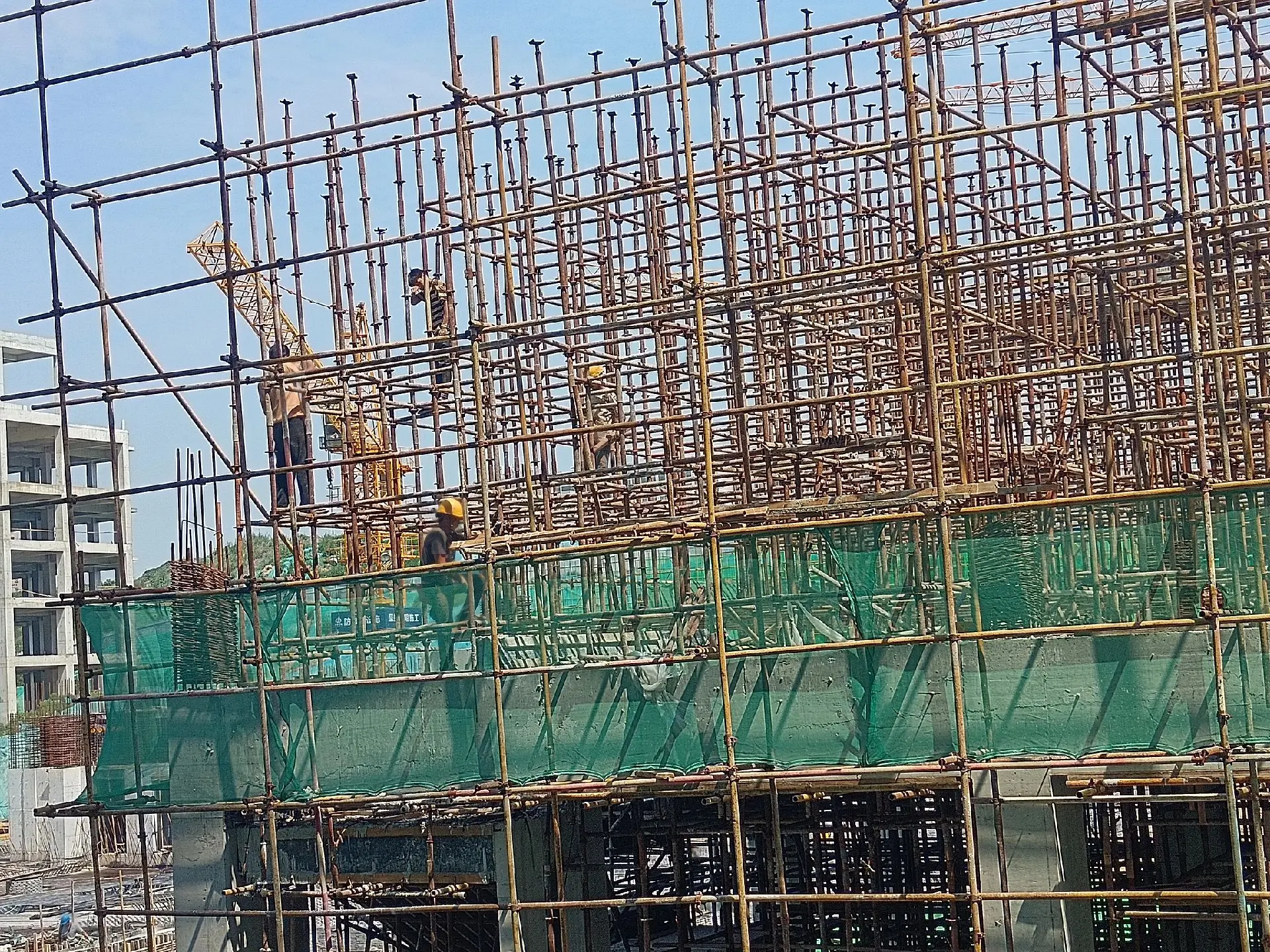Tem . 30, 2024 17:59 Back to list
Innovative Solutions for Precast Concrete Formwork Manufacturing and Construction Efficiency
The Rise of Precast Concrete Formwork Factories Revolutionizing Construction
In the realm of modern construction, precast concrete formwork factories have emerged as vital players, significantly transforming the landscape of building practices. Precast concrete refers to the process of casting concrete in a controlled environment, usually in a factory setting, before transporting it to the construction site for assembly. This method contrasts with traditional concrete pouring, which takes place directly at the construction site. The advantages of precast concrete formwork are manifold, and its adoption continues to grow across the globe.
The Rise of Precast Concrete Formwork Factories Revolutionizing Construction
Moreover, precast concrete formwork contributes significantly to sustainability in construction. The process minimizes waste, as manufacturers can carefully measure and use materials more efficiently than traditional methods. Additionally, precast elements can be designed for energy efficiency, incorporating insulation and reducing the energy consumption of the finished structure. With the construction industry facing increasing pressure to adopt sustainable practices, precast concrete offers a viable solution that aligns with environmental goals.
precast concrete formwork factory

Safety is another crucial factor where precast concrete formwork excels. By shifting the fabrication of concrete elements to a factory setting, workers are removed from many of the hazards associated with on-site construction, such as adverse weather conditions and the constant movement of heavy machinery. Furthermore, the use of prefabricated components can reduce on-site labor requirements, which can further enhance safety and reduce the risk of accidents.
The flexibility of precast concrete formwork is yet another reason for its rising popularity. This method allows for a wide variety of shapes, sizes, and finishes, making it suitable for a diverse range of applications—from residential buildings to large-scale infrastructure projects. Advances in technology mean that even complex designs can be efficiently produced in a factory setting, allowing architects and designers to push the boundaries of creativity without compromising on practicality or cost.
Despite the numerous advantages, the transition to precast concrete formwork is not without challenges. The initial setup costs for a precast factory can be substantial, requiring a significant investment in machinery, technology, and skilled labor. However, many companies find that the long-term savings and increased productivity justify these initial expenses. Additionally, establishing a robust supply chain to ensure timely delivery of precast elements to construction sites is crucial for maintaining project schedules.
In conclusion, precast concrete formwork factories represent a significant advancement in the construction industry. Their ability to improve efficiency, enhance safety, promote sustainability, and allow for creative flexibility makes them an attractive option for modern building projects. As the world continues to embrace innovation and prioritizes sustainable practices, the role of precast concrete is set to expand, potentially revolutionizing how we approach construction in the years to come. The future of building is bright, driven by the promise of precast technology, ultimately leading to structures that are not only stronger and more durable but also more environmentally responsible.
-
Expert Ringlock Scaffolding: Durable, Safe, Efficient Solutions
NewsAug.28,2025
-
Ringlock Scaffolding: Strong, Safe & Efficient Solutions
NewsAug.27,2025
-
OEM Column Formwork: Circular, Curved & Inclined Solutions
NewsAug.26,2025
-
Premium Scaffolding Jacks: Stable, Adjustable & Durable
NewsAug.25,2025
-
OEM Wall Formwork & Shuttering: Flexible & Curved Solutions
NewsAug.24,2025
-
Adjustable Heavy Duty Props for Slab Formwork | Strong & Reliable Support
NewsAug.23,2025